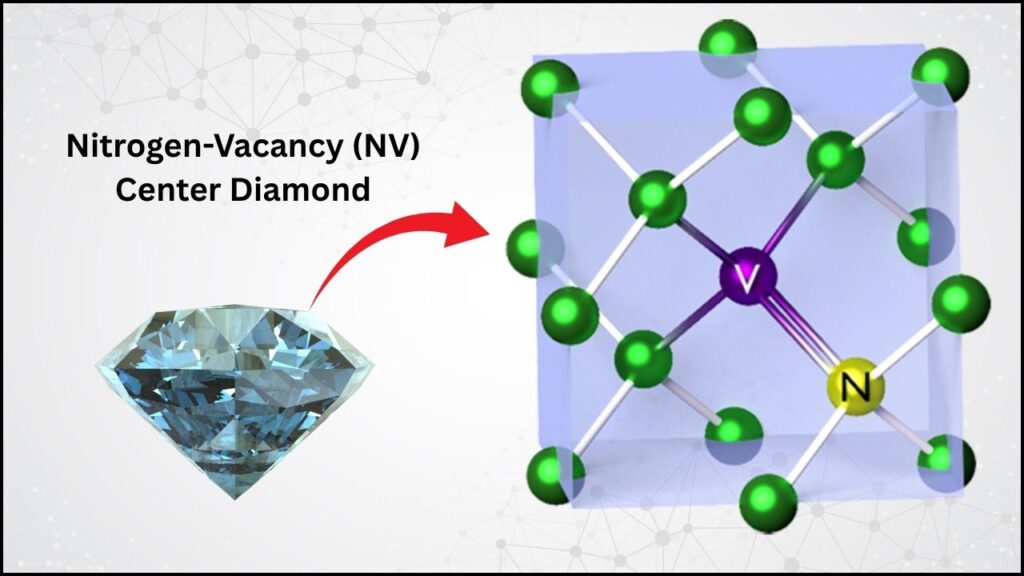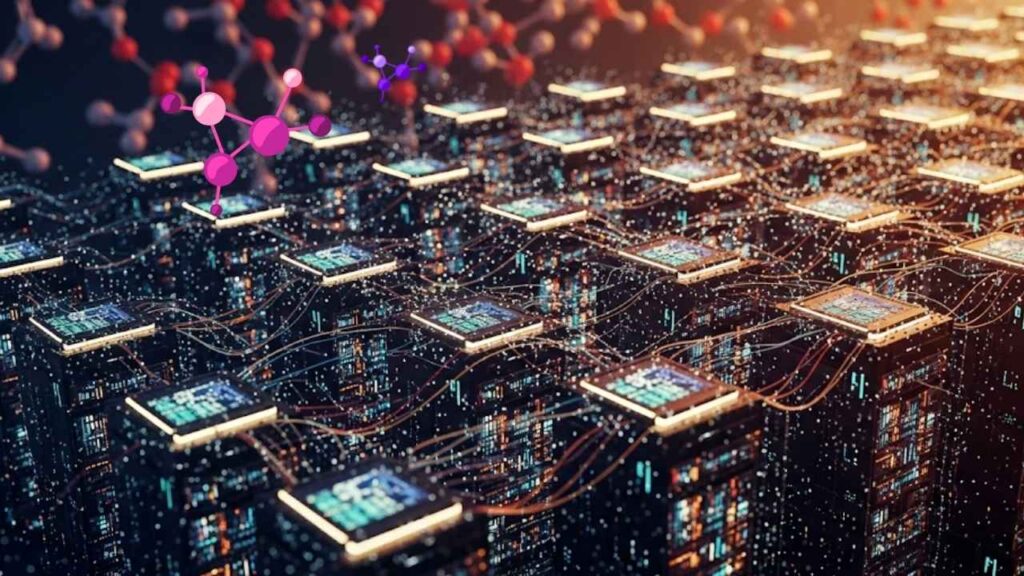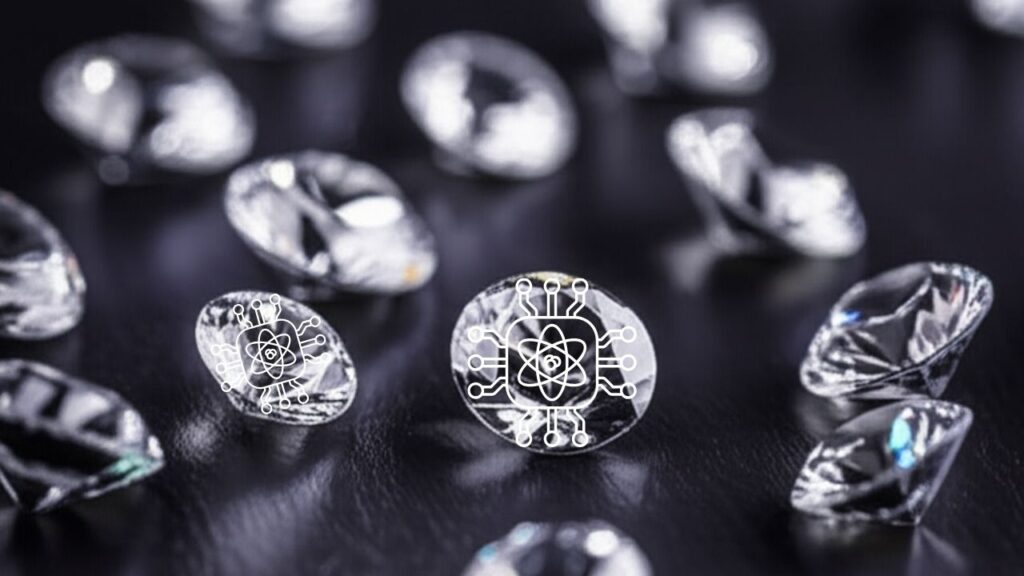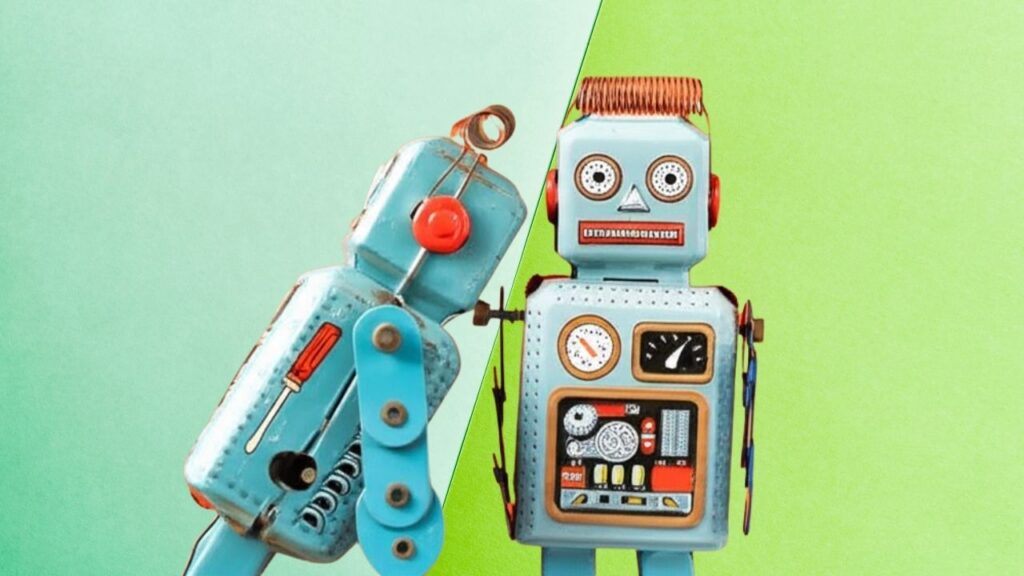The internet connects billions of devices across the world every second. One of the foundational technologies that enable this vast interconnection is the Internet Protocol (IP), which assigns unique addresses to every device. Over the years, two different versions of IP have dominated: IPv4 and IPv6. Understanding the differences between these two and their roles on the internet is essential for both tech professionals and everyday users. Yet, despite their technical importance, a hidden player — the Content Delivery Networks (CDNs) — holds significant control over how internet traffic flows, often masking the direct impact of whether IPv4 or IPv6 is used. This article breaks down these topics in a clear, engaging way that both beginners and professionals can appreciate.

Table of Contents
What Is IPv4 and IPv6? An Easy Explanation
The Internet Protocol (IP) is like the postal system for the internet. It makes sure messages (also called data packets) get sent to the right device by giving every internet-connected device an address.
- IPv4 stands for Internet Protocol version 4. Created in the 1980s, it uses a 32-bit address format. That means there are roughly 4.3 billion unique IPv4 addresses. A typical IPv4 address looks like this:
192.168.1.1— four groups of numbers separated by dots. - IPv6 is the newer version, designed to solve the problem of limited IPv4 addresses. It uses a 128-bit address format, allowing an astronomical number of unique addresses — about 340 undecillion (a 3.4 x 10^38) — enough to give every grain of sand on Earth its own IP! An IPv6 address looks very different, with eight groups of alphanumeric characters separated by colons, such as:
2001:0db8:85a3:0000:0000:8a2e:0370:7334.
Why Did We Need IPv6?
As more people, gadgets, and services join the internet, IPv4 addresses started running out in the early 2010s. Without enough addresses, new devices couldn’t get unique identifiers to communicate. This motivated the creation of IPv6 to ensure the internet could keep expanding without limits.
IPv4 vs IPv6?
| Topic | Details |
|---|---|
| IPv4 Address Length | 32 bits (around 4.3 billion addresses) |
| IPv6 Address Length | 128 bits (about 340 undecillion addresses) |
| Address Format | IPv4: Numeric and dotted (e.g., 192.168.1.1) IPv6: Alphanumeric and colon-separated (e.g., 2001:0db8::1) |
| Security | IPv4: No built-in security IPv6: Has IPsec built-in for encryption and authentication |
| Configuration | IPv4: Manual/DHCP IPv6: Supports auto-configuration |
| Usage Today | IPv4: Dominant but running out IPv6: Growing rapidly (about 36% adoption globally in 2024) |
| Effect of CDNs | CDNs route both IPv4 and IPv6 seamlessly, often hiding which IP version is used, giving them control over content delivery |
| Reference | Official IPv6 specification: RFC 8200 – Internet Protocol, Version 6 (IPv6) Specification |
IPv4 and IPv6 mark the evolution of the internet’s addressing system, with IPv6 addressing the limitations of IPv4 by offering immense address space, integrated security, and improved efficiency. Despite these technical enhancements, Content Delivery Networks (CDNs) play a pivotal role in controlling how internet traffic flows, effectively reducing direct user impact of the underlying IP version. As IPv6 adoption grows globally alongside the expanding influence of CDNs, businesses and network professionals must stay informed and prepared to navigate and leverage this evolving digital landscape.
What’s the Difference Between IPv4 and IPv6?
Let’s explore their differences beyond just the address length:
1. Address Space
- IPv4 supports about 4.3 billion unique addresses — which seemed plenty before smartphones, IoT devices, and internet expansion exploded.
- IPv6 supports an almost infinite number of addresses (340 undecillion), which future-proofs the internet for decades to come.
2. Address Representation
- IPv4 addresses use dotted decimal format, easy to read like phone numbers.
- IPv6 addresses are hexadecimal, colon-separated, longer and more complex in appearance.
3. Security
- IPv4 has optional security through external protocols and tools.
- IPv6 comes with IPsec built-in by default, providing encryption and network traffic authentication, making it inherently more secure.
4. Configuration & Routing
- IPv4 requires manual or DHCP configuration, sometimes complicated for large networks.
- IPv6 supports Stateless Address Autoconfiguration (SLAAC), allowing devices to generate their own addresses automatically, simplifying network management and reducing configuration overhead.
5. Network Address Translation (NAT)
- IPv4 heavily relies on NAT to allow multiple devices to share one public IP due to address scarcity.
- IPv6 eliminates the need for NAT by providing enough unique addresses for every device, enabling true end-to-end connectivity.
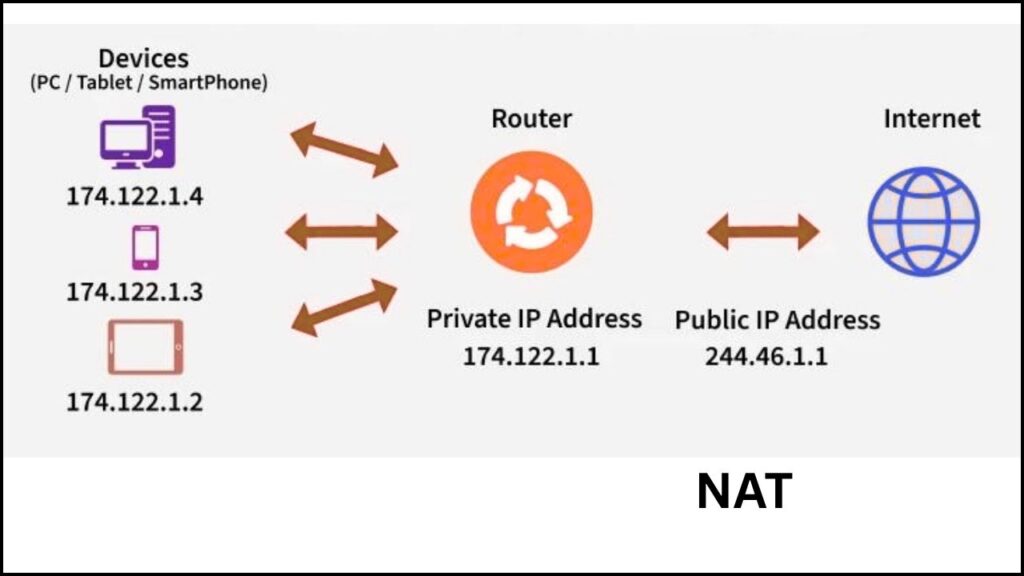
6. Multicasting vs Broadcast
- IPv4 supports broadcast, which can increase network congestion.
- IPv6 replaces broadcast with multicast and anycast, which are more efficient ways to send data to multiple devices.
7. Routing Efficiency
- IPv6 has a simplified, fixed header structure reducing routing complexity.
- IPv4 headers are variable in length and require more processing by routers.
How IPv6 Improves on IPv4
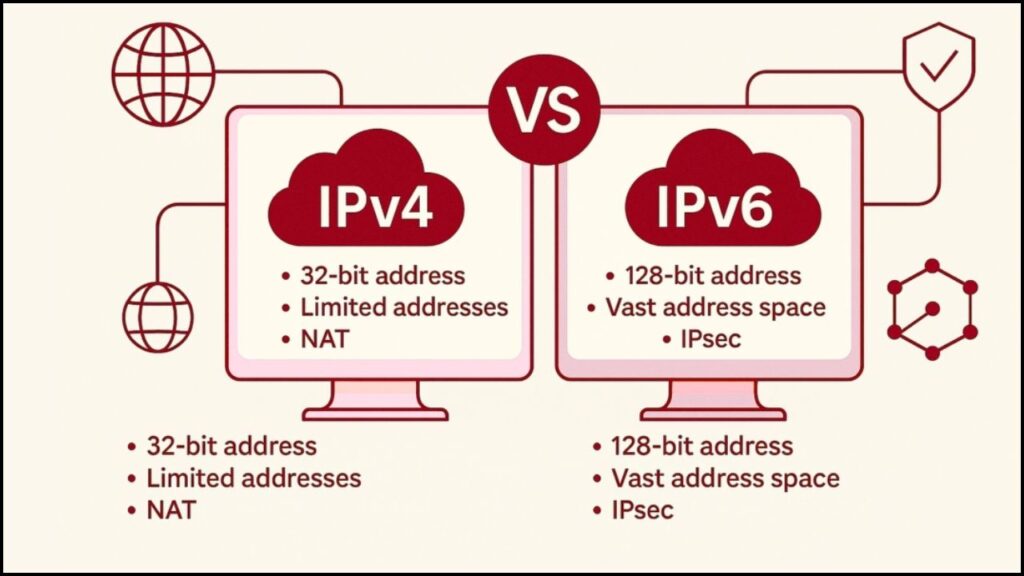
Beyond raw address space, IPv6 brings significant improvements:
- Autoconfiguration: Devices can self-configure without the need for DHCP servers, reducing network traffic.
- Simplified Routing: Removal of NAT and better hierarchical routing improves performance.
- Integrated Security: IPsec is mandatory in IPv6, enhancing confidentiality and integrity.
- Better Support for Mobile Devices: IPv6 includes Mobile IPv6 to support device mobility seamlessly.
These advantages make IPv6 faster and more secure in many implementations, although actual user experience varies based on network infrastructure.
The Role of Content Delivery Networks (CDNs) in Internet Control

An often overlooked but crucial player in the internet ecosystem is the Content Delivery Network (CDN). Examples include Cloudflare, Akamai, and Fastly. CDNs act like global middlemen, caching and delivering web content closer to users for speed and reliability.
Here’s how CDNs interact with IPv4 and IPv6:
- CDNs globally distribute copies of content to multiple servers worldwide, reducing latency and improving user experience.
- CDNs can accept IPv6 traffic from users and connect to origin servers still running IPv4, handling the translation transparently.
- This means most end-users don’t see or need to know whether IPv4 or IPv6 is used behind the scenes, because CDNs abstract away these protocol details.
- By controlling huge traffic volumes and caching popular content, CDNs wield considerable power over internet traffic flow and content availability, overshadowing the direct impact of IP version choice in many cases.
In essence, CDNs dominate content delivery pipelines, making the IPv4 vs IPv6 distinction mostly invisible to most users and less critical in everyday internet interactions, even as the underlying infrastructure evolves.
How IPv4 and IPv6 Affect Internet Users
For general users, whether your device is using IPv4 or IPv6 is usually transparent. Your smartphone, computer, and applications work seamlessly regardless.
However:
- IPv6 adoption is growing steadily worldwide, helping ease address shortages and bring in improved security and routing efficiency.
- Businesses and especially network administrators should understand both protocols to manage, design, and future-proof network infrastructure.
- If your home or business network supports IPv6, you might notice faster or more direct connections to IPv6-enabled services.
Practical Advice for Professionals and Enthusiasts
- Check Your Network’s IPv6 Support
Use online IPv6 testing sites to see if your devices and ISPs offer IPv6 connectivity. - Enable IPv6 on Home Routers
Many modern routers support IPv6 by default but might require manual activation. - Plan for IPv6 in Business Networks
Especially critical as IoT grows, businesses should integrate IPv6 support to handle device expansion smoothly. - Understand CDN Impact on Your Services
When designing websites or applications, consider how CDN usage might mask IP version details and affect content delivery and security.
FAQs About IPv4 vs IPv6?
Q1: Can IPv4 and IPv6 devices communicate directly?
No, they are different protocols and not directly compatible. However, transition mechanisms like dual-stack (supporting both) and translation exist.
Q2: Is IPv6 faster than IPv4?
IPv6 can offer more efficient routing and reduced latency in some cases, but actual speed depends on network paths and infrastructure.
Q3: Will IPv4 disappear soon?
IPv4 will coexist with IPv6 for many years due to legacy systems and infrastructure.
Q4: Why is IPv4 exhaustion less talked about now?
Technologies like NAT and widespread CDN use help mask IPv4 shortages. Plus, IPv6 adoption is increasing steadily.
Q5: How do CDNs “control” the internet?
By caching and distributing content worldwide, CDNs control traffic routes and content availability, influencing much of the user experience regardless of underlying IP protocols.

